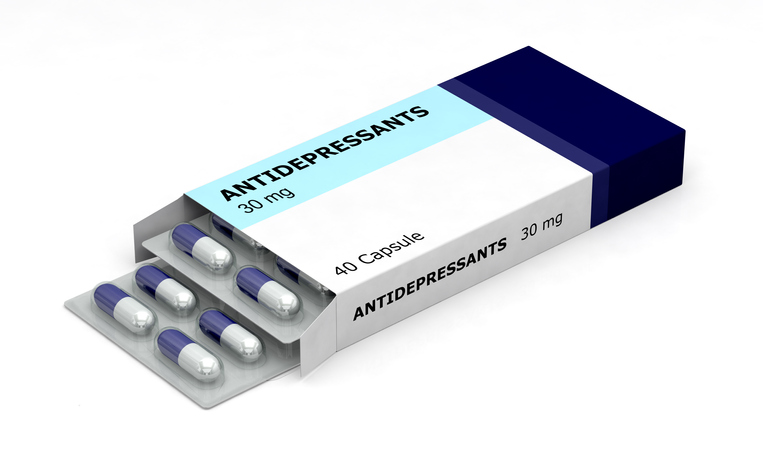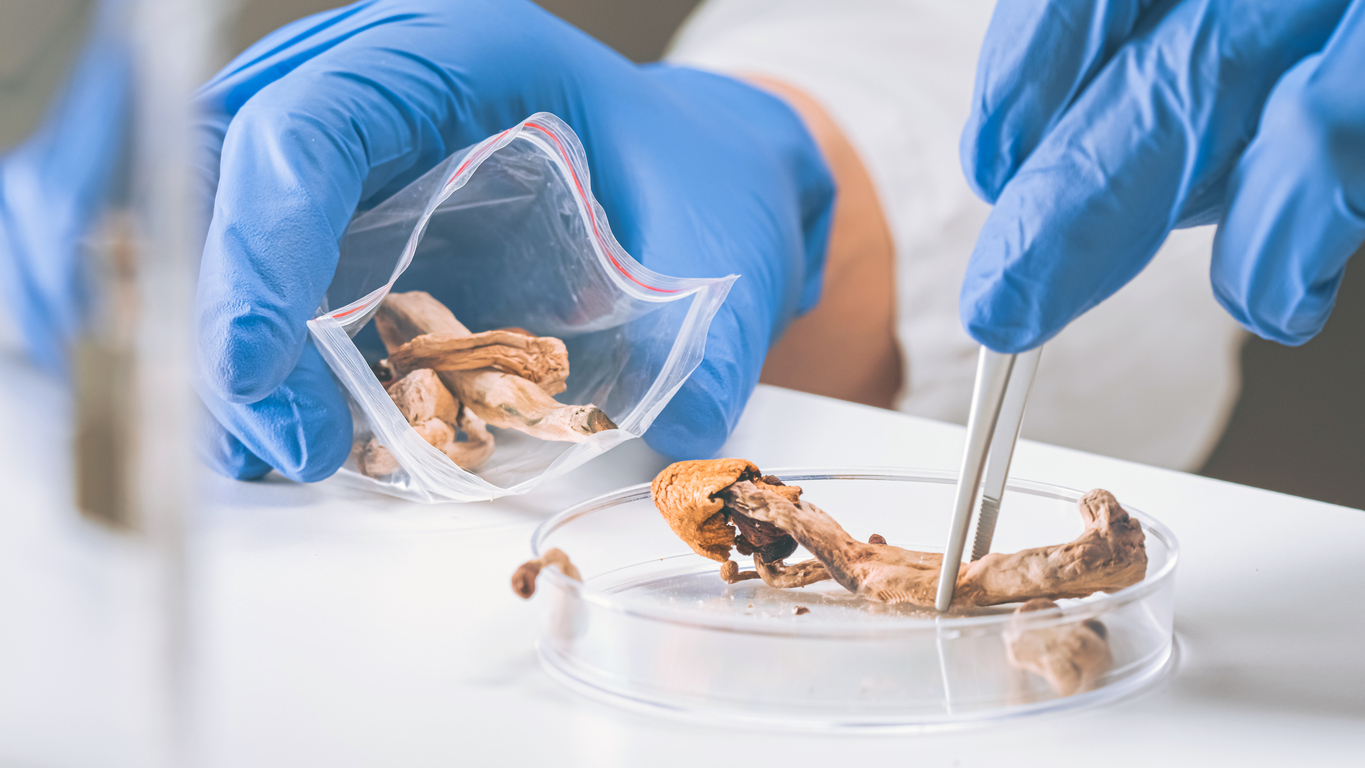Treatments
What Is Pain Reprocessing Therapy (PRT)?

Chronic pain can be caused by tissue damage or structural problems in the body. However, it can also occur after the body has healed due to changes that occur in the brain. When pain sensations are repetitive, neural pain networks in the brain become strengthened and sensitized. This leads to “learned” chronic pain. The brain processes pain as dangerous which, in turn, causes more pain. This is known as the “pain-fear-pain” cycle. It should be noted that even though the pain is brain-generated, the sensations are the same as pain that develops from tissue damage or structural issues.
The goal of pain reprocessing therapy (PRT) is to reduce or eliminate pain by training the brain to reprocess pain signals as safe. PRT aims to break the pain-fear-pain cycle. In order for PRT to be successful, a medical professional must first confirm that no injury or medical condition is causing the pain. If no physical cause is present, PRT may help reduce or eliminate pain sensations.
Somatic tracking
Somatic tracking is the primary technique used in PRT. Somatic tracking includes three elements:
- Mindfulness involves noticing the pain without fear and without attempting to eliminate it.
- Reappraisal of pain sensations involves gentle reminders that the pain is nothing to fear. It is simply a false danger signal generated by the brain.
- Positive emotion generation involves applying a more easy-going, lighthearted attitude toward the pain.
During PRT, individuals are encouraged to focus on thoughts such as “The pain is in my brain,” “There is no danger,” or “Nothing is wrong with my body.” If pain occurs during a particular activity, practicing somatic tracking during the activity can help break the association with pain and help create positive and safe associations with the activity.
Pain reprocessing therapy takes time and practice. However, eventually, eliminating the fear of pain by practicing PRT can reduce or even eliminate brain-generated chronic pain.



















